Introduction: The Puzzle of Complexity
Callout: Imagine being handed a 1,000-piece jigsaw puzzle without the box showing the final picture. You’d probably feel overwhelmed, unsure where to start. This is how new hires often feel during onboarding.
To combat this, HR managers must focus on reducing intrinsic load—simplifying inherently complex tasks to make them manageable. Mastering this skill accelerates new hire productivity and confidence, ensuring their success.
Related: [[Cognitive Load Theory]]
What is Intrinsic Load?
Intrinsic load refers to the mental effort required to learn or perform a task based on its complexity. For instance:
- Low intrinsic load: Learning basic email etiquette.
- High intrinsic load: Mastering a complex CRM system.
Though intrinsic load cannot be eliminated, it can be effectively managed through structuring and sequencing.
Why Reducing Intrinsic Load is Essential
Risks of High Intrinsic Load:
- Overwhelm: New hires may feel intimidated.
- Confusion: Concepts fail to connect without scaffolding.
- Delayed Productivity: Employees take longer to become proficient.
Benefits of Managing Intrinsic Load:
- Step-by-step learning builds confidence and competence.
- Simplification helps employees contribute sooner.
Strategies to Reduce Intrinsic Load
1. Break Down Complex Tasks into Smaller Steps
- Why It Works: Chunking simplifies large tasks.
- How to Do It:
- Identify components of a task.
- Teach them sequentially.
Example:
For onboarding a financial analyst:
- Learn accounting software basics.
- Practice basic reporting.
- Create detailed financial forecasts.
2. Use Scaffolding to Provide Support
- Why It Works: Scaffolding offers a temporary framework until independence is achieved.
- How to Do It:
- Provide templates or guides.
- Gradually reduce support.
Example:
A pre-built presentation template for a marketing associate ensures confidence in initial projects.
3. Start with Foundational Knowledge
- Why It Works: Foundational knowledge simplifies advanced learning.
- How to Do It:
- Begin with basics.
- Gradually layer complexity.
Example:
A software developer starts with coding standards before tackling workflows and team tools.
4. Use Visual Aids to Clarify Complexity
- Why It Works: Visuals are processed faster than text.
- How to Do It:
- Utilize flowcharts and diagrams.
- Highlight key points.
Example:
Visualizing client proposal approval with a flowchart reduces reliance on lengthy documents.
5. Integrate Hands-On Practice
- Why It Works: Practice reinforces learning.
- How to Do It:
- Create low-stakes environments for task practice.
- Provide constructive feedback.
Example:
Mock customer interactions for service trainees simulate real-world scenarios.
6. Align Training with Prior Knowledge
- Why It Works: Builds on what employees already know.
- How to Do It:
- Assess prior experience.
- Tailor training accordingly.
Example:
Skip recruitment basics for an experienced HR professional and focus on advanced tools.
Benefits of Reducing Intrinsic Load
- Accelerated Learning: Employees adapt quickly.
- Increased Confidence: Simplified tasks empower new hires.
- Improved Retention: Knowledge is retained more effectively.
- Faster Productivity: Quicker alignment with organizational goals.
Conclusion: Clarity Over Complexity
Reducing intrinsic load ensures new hires are equipped to:
- Navigate challenges.
- Understand their roles.
- Contribute effectively.
Ask Yourself: Are you providing a roadmap for success or expecting new hires to navigate a maze blindfolded?
Takeaways
- Intrinsic load reflects task complexity but can be managed.
- Strategies include chunking, scaffolding, and visuals.
- Simplifying complexity boosts confidence, retention, and productivity.
Tips for the Workplace
- Audit Tasks for Complexity: Break them into manageable steps.
- Provide Scaffolding: Use templates and guides.
- Leverage Visual Aids: Flowcharts and diagrams simplify understanding.
- Focus on Foundations: Build knowledge step-by-step.
- Incorporate Practice: Simulations foster skill development.
References
- Sweller, J. (1988). Cognitive Load During Problem Solving. https://doi.org/10.1016/0364-0213(88)90023-7
- Mayer, R. E. (2005). Cognitive Theory of Multimedia Learning. https://doi.org/10.1017/CBO9780511816819
- Van Merriënboer, J. J. G., & Sweller, J. (2005). Cognitive Load Theory and Complex Learning. https://doi.org/10.1007/s10648-005-3951-0
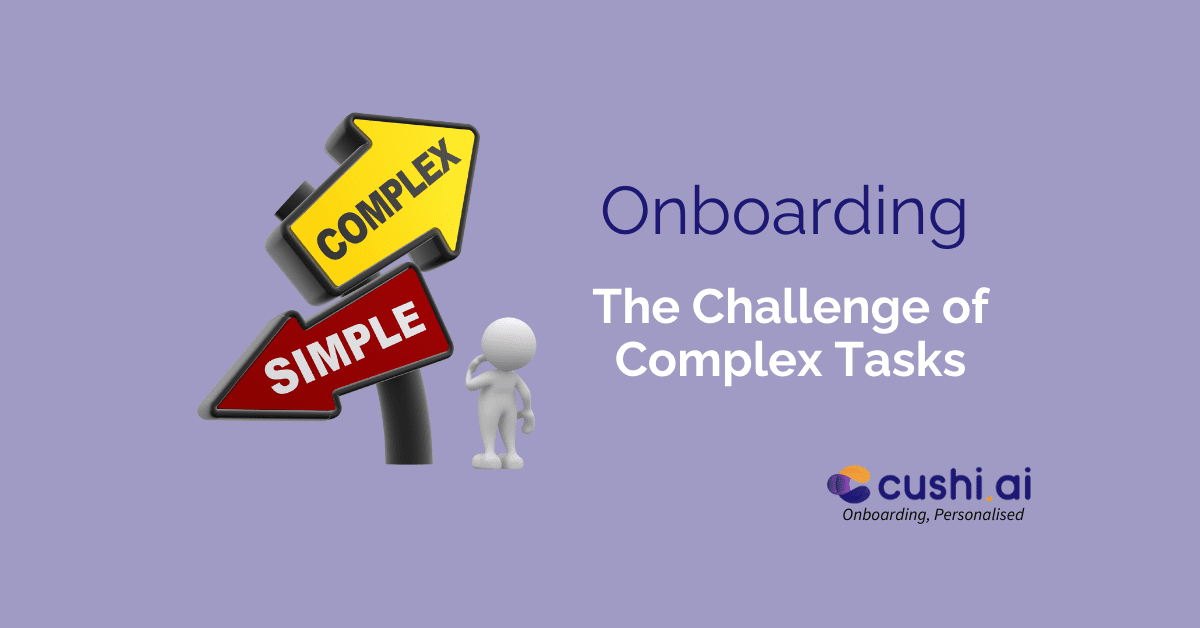

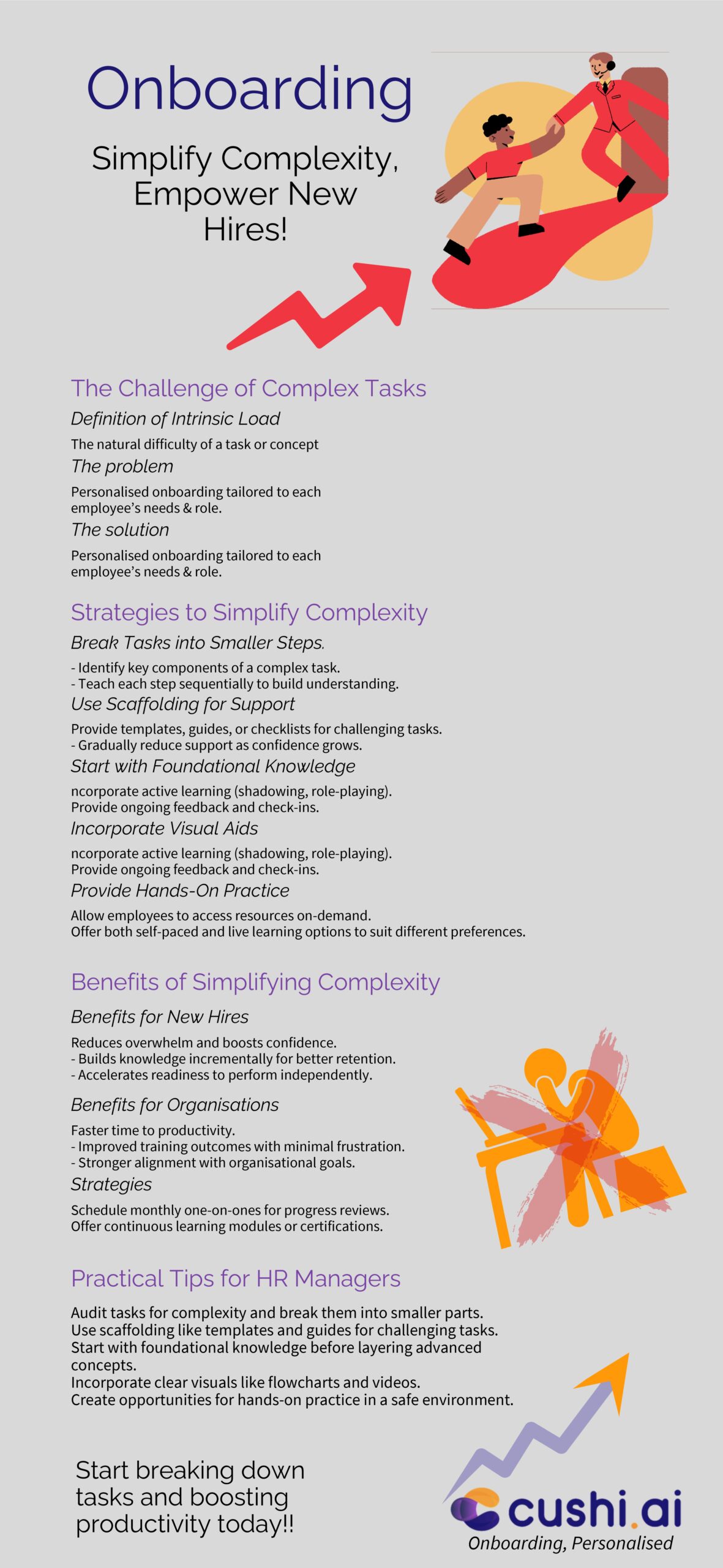
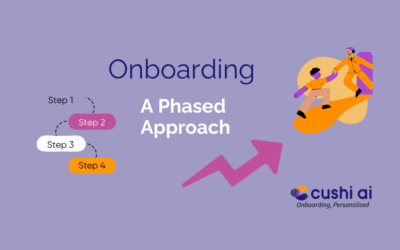
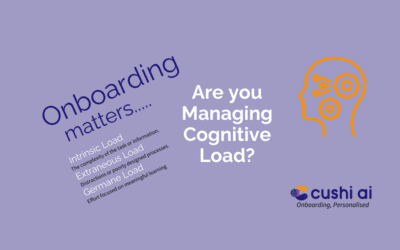
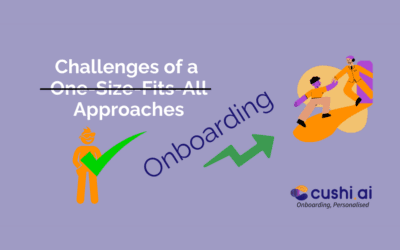
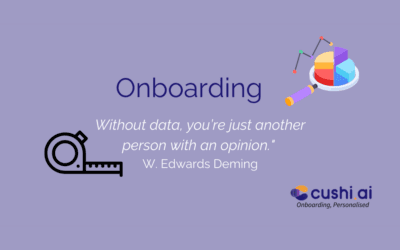
0 Comments